By John M. Hotchner
 When my children were in the 8- to 12-year-old range, each one in turn tried stamp collecting. Three of the four even did exhibits. They did not have to be cajoled into it by a clearly involved helicopter father. Rather they were I think curious what I found so attractive, and got involved through participation in a Ben Franklin Stamp Club established at their school (a system the USPS sponsored nationwide; providing a monthly multi-color newsletter and other support materials such as membership cards, etc.). I was the adult sponsor for the local school’s club.
When my children were in the 8- to 12-year-old range, each one in turn tried stamp collecting. Three of the four even did exhibits. They did not have to be cajoled into it by a clearly involved helicopter father. Rather they were I think curious what I found so attractive, and got involved through participation in a Ben Franklin Stamp Club established at their school (a system the USPS sponsored nationwide; providing a monthly multi-color newsletter and other support materials such as membership cards, etc.). I was the adult sponsor for the local school’s club.
Unfortunately, the hobby did not stick with them. And I can list several reasons why not. First, while there were lots of stamps available to collect, and they were all given free, one of the major areas of interest they had about stamps was their value. I contrast this to my earliest years in the hobby, where the value of my collection was the last thing on my mind.
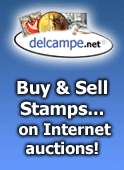 Now, by the time I was 12, and going to club meetings with my father, I was spending my paltry allowance on stamps. But I was a confirmed collector, and my concern was in filling the blanks in my album, not with what I might get if I sold the stamps.
Now, by the time I was 12, and going to club meetings with my father, I was spending my paltry allowance on stamps. But I was a confirmed collector, and my concern was in filling the blanks in my album, not with what I might get if I sold the stamps.
Some might fault me for allowing my kids to grow up thinking about possessions in monetary terms, but I contend that by the 1980s, the social fabric of our country was intensely intertwined with money and its value/what it could buy. We have in fact bred generations of children who have grown up with ever increasingly targeted advertising, telling kids what they should have; a relative rarity in the days when I grew up with a ten-inch black and white TV screen.
 So, in this day of $200 sneakers, $75 jeans being sold new with ripped knees, must-have electronics, and designer tops for kids that adults can’t afford, is it any wonder that money is high on the radar screens of kids who are probably not told enough, “No, we can’t afford that!”
So, in this day of $200 sneakers, $75 jeans being sold new with ripped knees, must-have electronics, and designer tops for kids that adults can’t afford, is it any wonder that money is high on the radar screens of kids who are probably not told enough, “No, we can’t afford that!”
The result is that kids have learned to monetize everything. And when they learn that their entry-level collection is essentially worthless, a reasonable question is “Why do I want to be involved in this?”
That phenomenon was just beginning to kick in when my kids were approaching their teenage years. Also kicking in was the advent of a wider range of TV channels, and one of the great time-wasters of the 20th century, TV video games. My kids were far more  interested in how high they could score playing Pac-Man and the immediate feedback that offered, than in spending time on the laborious process of building a stamp collection; which offered no element of competition among their peers, and little in the way of immediate feedback.
interested in how high they could score playing Pac-Man and the immediate feedback that offered, than in spending time on the laborious process of building a stamp collection; which offered no element of competition among their peers, and little in the way of immediate feedback.
Yes, there was some enjoyment in trading stamps with their friends, but nothing compared to the status gained in the “friend community” by playing Pac-Man well. If anything, this challenge to our hobby has increased exponentially with the multiplicity of electronic gadgets, and the ability to communicate instantaneously with friends and acquaintances; now with both words and images. stamp collecting could be addictive if one got serious about it, but today’s electronic gizmos are both instantaneously addictive, and the social pressure to engage in using them is enormous.
One of my grandchildren said to me a couple of weeks ago, “Grandpa, you may know the basics of how to use your iPhone, but you really need to take a course to understand the power it has and the things it can do.” My reaction is that I don’t want to get involved in additional functionality. I already spend more time on it than I find comfortable. But, I, like them, I suspect, can’t seem to help myself! And they are pressured by their peers to obtain and use the most recent gadgets and their full power.
My observation of the behavior of my grandkids, who range from 2-years old to 21 years, is that they spend so much time with their noses buried in their electronic devices it is a wonder they have time to eat or do homework. There is just no time for working with physical objects like stamps.
 We did it as kids because we had time on our hands, with few other distractions, and we enjoyed the act of organizing our collection, and the pride of learning about other nations, and American history from stamps.
We did it as kids because we had time on our hands, with few other distractions, and we enjoyed the act of organizing our collection, and the pride of learning about other nations, and American history from stamps.
The other thing we enjoyed was sharing the hobby with others in our circle. With the Postal Service’s murder of its Ben Franklin Stamp Clubs in the early 1990s, it became increasingly unusual for kids to find other kids who collect. Why did they kill the BFSC? The proximate costs of developing collectors for the future were not being covered by young people buying stamps. So the program was a net financial loss, and the bean counters insisted that the budgeting process could not justify those costs. Guess they never heard of what private industry knows as “loss leaders.”
So, the practical result was that more than ever before, kids were suddenly reliant for support on adults; but how to find an adult collector if kids develop an interest? This makes the network of local clubs especially important. But keep in mind that available evidence is that the number of adult collectors has been falling in this country for many years if measured by numbers involved in organized philately, and subscription numbers for philatelic periodicals. There may still be a lot of collectors, but it seems a good share of them are lone wolves; not being involved in local philately, and not available to be mentors.
Add to this that regrettably, all adults are now suspect; so much so that formal mentoring programs for their own protection are vetting mentor applicants against law enforcement databases. Parents without that resource are often not pleased with the thought of having their child interacting with an adult stamp collector whom they don’t know.
Then there is the cost of the hobby which has been on an upward curve for many years. Stamp collecting implements such as catalogs and albums (with thousands more stamps being issued worldwide each year) are beyond the reach of most kids’ allowances. The cost of a first-class mint stamp has gone from 3¢ when I was a kid to 50¢ today, and the number of issues and postal products has mushroomed. I tend to discount this as a major reason for kids dropping out for two reasons: First, the actual cost of a year of single U.S. mint stamps is still way less than a pair of stylish sneakers, a couple of trips to the movies, or a few meals out at your local fast-food outlet.
Second, as they make a fine and relatively inexpensive gift for parents and grandparents to give, mint U.S. stamps need not be beyond the reach of kids. But the adults must be willing to navigate the USPS Internet ordering system, as limited numbers of commemoratives, and sometime none at all, are available from local post offices.
These phenomena are driving kids in the direction of used stamps, and I would have no great problem with this; in fact it could be a positive, but it isn’t. Why? Used is less expensive, but more difficult to acquire; not to mention more difficult to store and house in an album because they can no longer be soaked free of the paper they went through the mail on. And there is another major problem that has been developing for the last 40 years: Though a few remain, local stamp stores have gone the way of the Dodo, stamp clubs are not thriving for the most part, buying used stamps from dealers by email is complicated, and the Postal Service in its zeal to keep collectors from clogging the lines at local post offices has done everything possible to push collectors to buy their wants on the Internet.
This has the predictable effect of keeping commemoratives off daily mail. So, current stamps, which should be a major focus for kids who get many of their stamps from friends and family, get little more than the current definitives from those sources.
No one set out to make collecting more difficult for kids; but we are dealing with 50 years of actions and phenomena that have had a deadly set of unintended consequences.
And some of those consequences are also affecting adult collectors and dampening our ardor for stamp collecting. Do we just lie down on the tracks and let the train run over us?
Should you wish to comment on this editorial, or have questions or ideas you would like to have explored in a future column, please write to John Hotchner, VSC Contributor, P.O. Box 1125, Falls Church, VA 22041-0125, or email, putting “VSC” in the subject line.
Or comment right here.

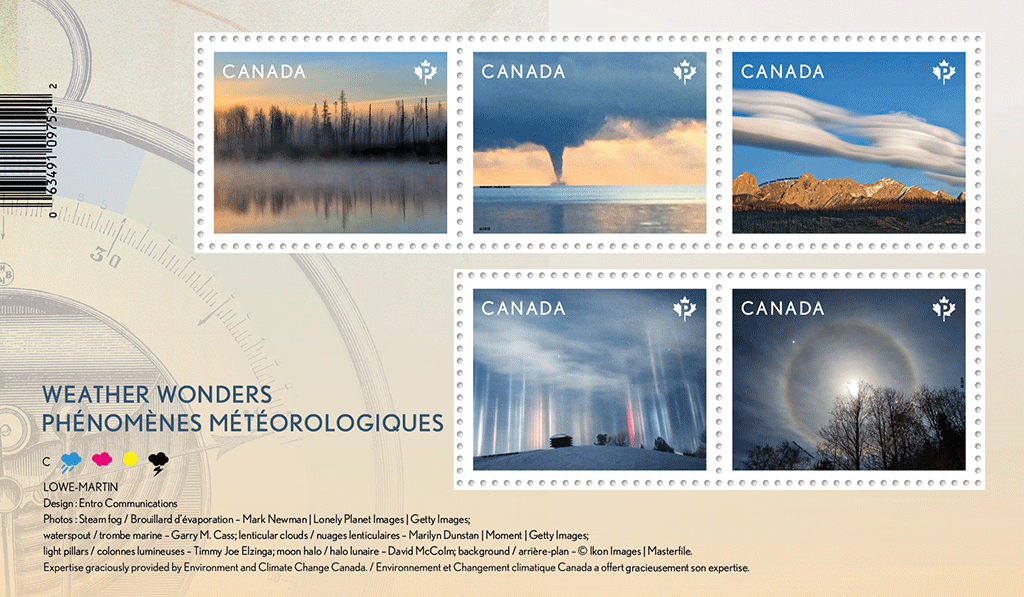
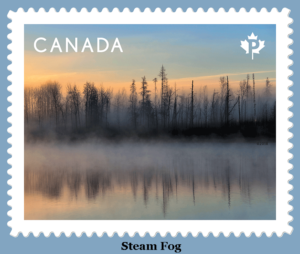 Visitors to Canada could be excused for thinking that an intense interest in the weather – not hockey – is our national pastime. Too cold, too hot or just right – Canadians always have something to say on the subject. Yet nothing inspires meteorological murmurs more than some of the fleeting (but fabulous) phenomena that can appear when weather permits.
Visitors to Canada could be excused for thinking that an intense interest in the weather – not hockey – is our national pastime. Too cold, too hot or just right – Canadians always have something to say on the subject. Yet nothing inspires meteorological murmurs more than some of the fleeting (but fabulous) phenomena that can appear when weather permits.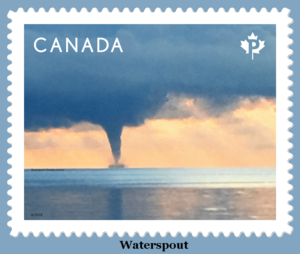 weather- themed issue from 2015, showcase five other weather wonders:
weather- themed issue from 2015, showcase five other weather wonders: 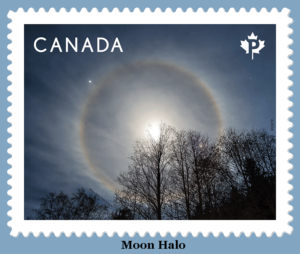 appear when tiny ice crystals in the air reflect light from artificial sources. Awoken one cold January night by his young son, Timmy noticed the strange lights out the bathroom window. “Red, blue, green, yellow, purple and pink lights seemed to beam up in to the air,” Elzinga explains. “It almost looked like something out of Star Trek.”
appear when tiny ice crystals in the air reflect light from artificial sources. Awoken one cold January night by his young son, Timmy noticed the strange lights out the bathroom window. “Red, blue, green, yellow, purple and pink lights seemed to beam up in to the air,” Elzinga explains. “It almost looked like something out of Star Trek.”
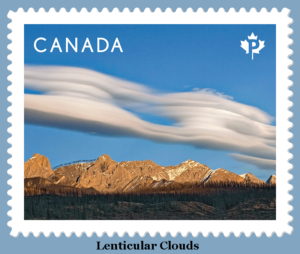
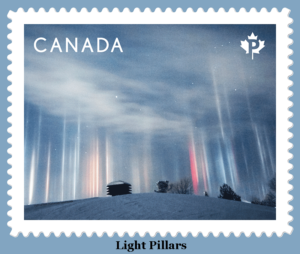

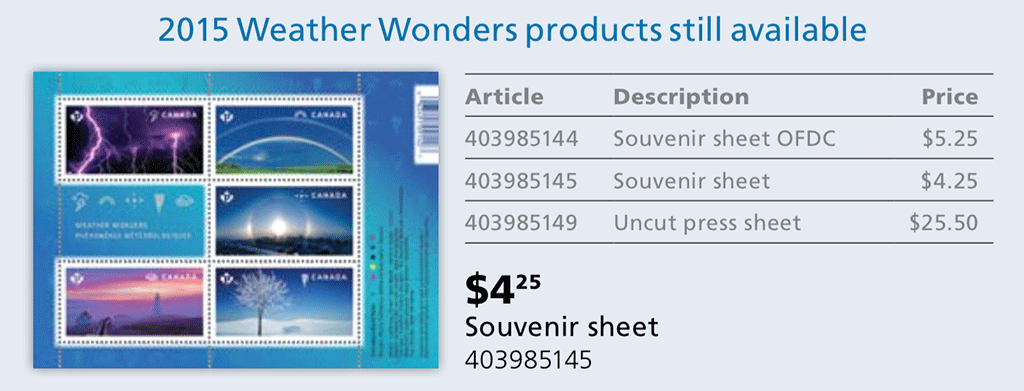
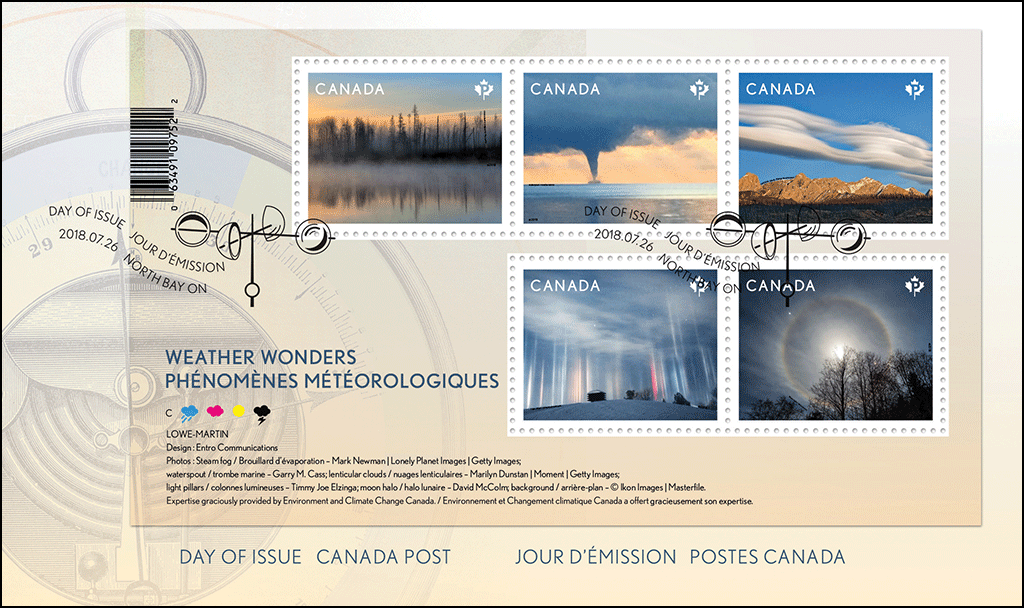
 NORTH BAY, ON, July 26, 2018 /CNW/ – We talk about it in the elevators and hallways of our work. We monitor it morning, noon and night, dress up for it and plan our days around it. We obsess about it, and are captivated by its beauty and force. The weather – in all its wonder – takes centre stage again in Canada Post’s latest stamp issue.
NORTH BAY, ON, July 26, 2018 /CNW/ – We talk about it in the elevators and hallways of our work. We monitor it morning, noon and night, dress up for it and plan our days around it. We obsess about it, and are captivated by its beauty and force. The weather – in all its wonder – takes centre stage again in Canada Post’s latest stamp issue.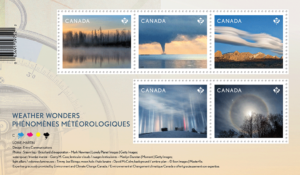 Garry M. Cass photographed a magnificent, if not menacing, waterspout over Lake Ontario near Toronto. These swirling funnels of water can be just as dangerous as land-based twisters.
Garry M. Cass photographed a magnificent, if not menacing, waterspout over Lake Ontario near Toronto. These swirling funnels of water can be just as dangerous as land-based twisters.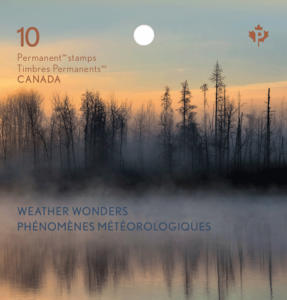 r waking to tend to a crying child. It was “like something out of Star Trek,” prompting him to open his bathroom window, remove the screen and take “as many pictures as possible.” When posted online, the images went viral, drawing worldwide attention.
r waking to tend to a crying child. It was “like something out of Star Trek,” prompting him to open his bathroom window, remove the screen and take “as many pictures as possible.” When posted online, the images went viral, drawing worldwide attention.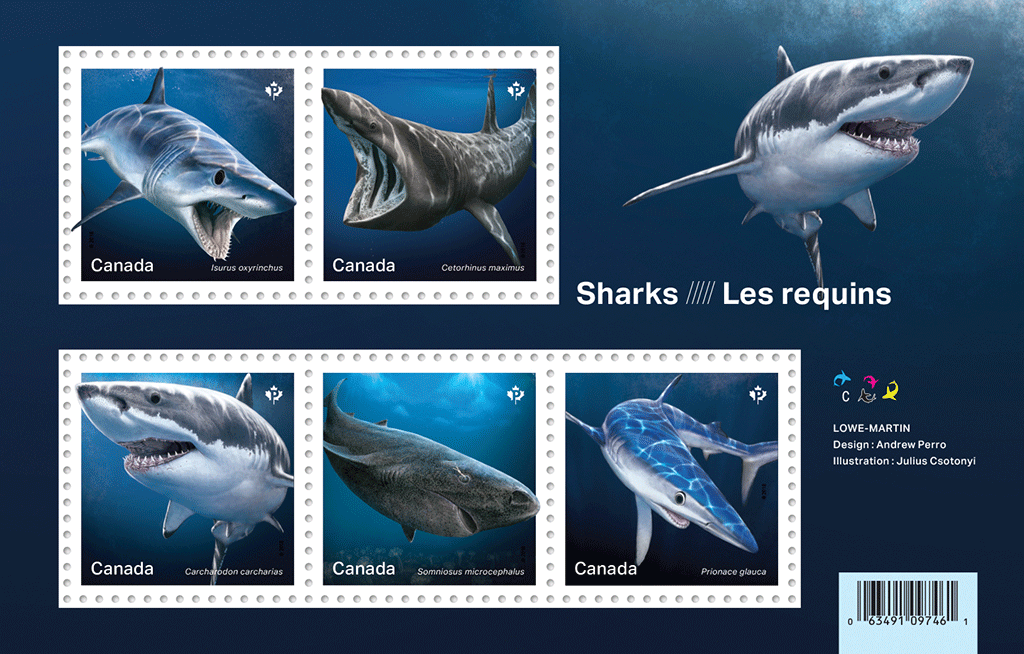
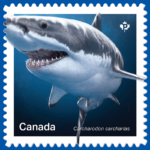 Perro and illustrated by Julius Csotonyi, have their own unique story.
Perro and illustrated by Julius Csotonyi, have their own unique story.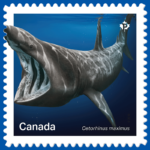 Native to Canadian waters, the
Native to Canadian waters, the 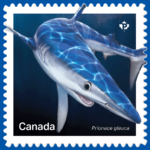 Once assessed as a special concern by COSEWIC but no longer considered at risk, the
Once assessed as a special concern by COSEWIC but no longer considered at risk, the 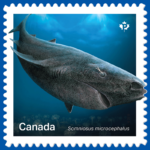 The slow-swimming
The slow-swimming 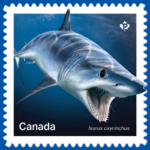 A visitor to our Atlantic coast, the
A visitor to our Atlantic coast, the 
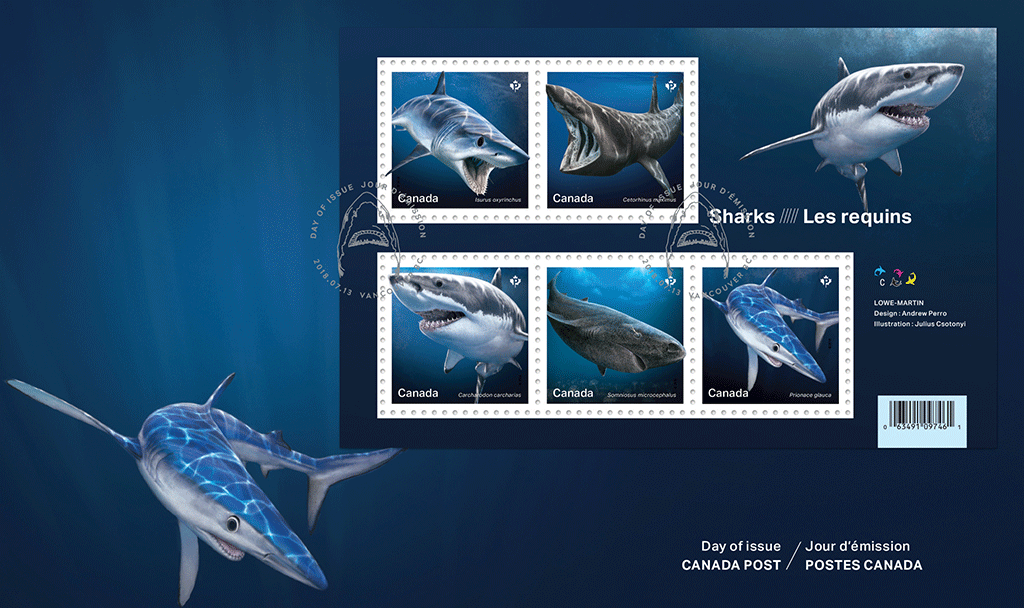
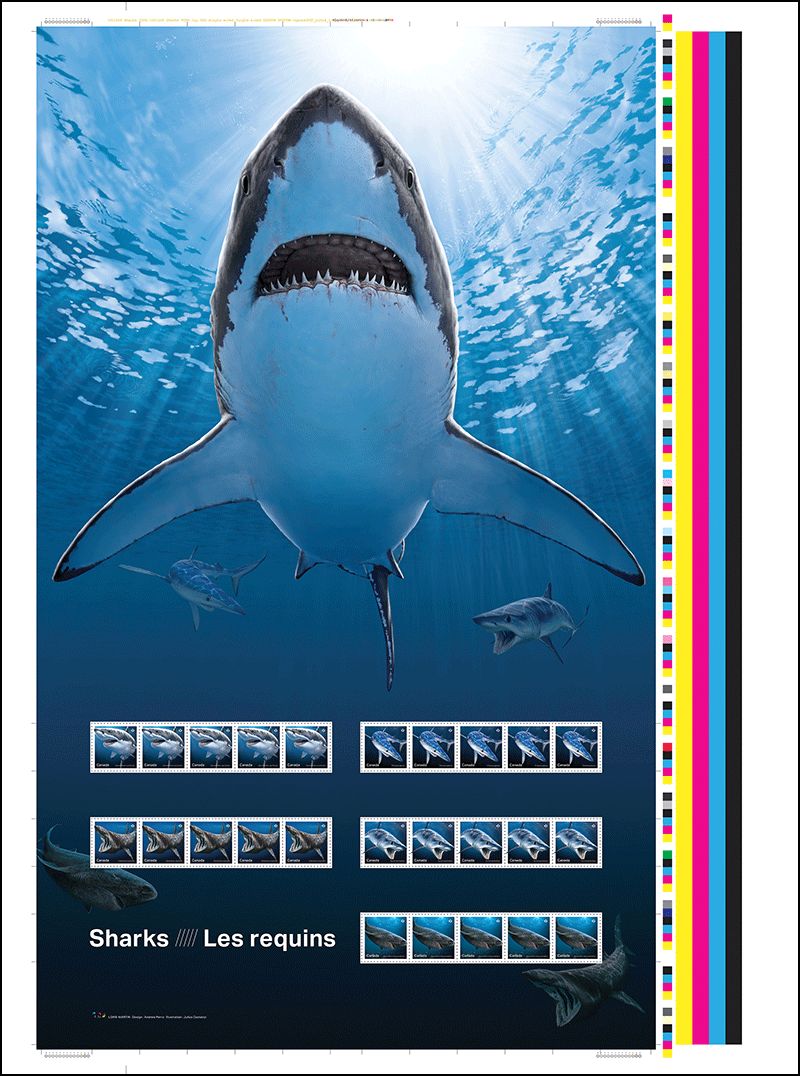
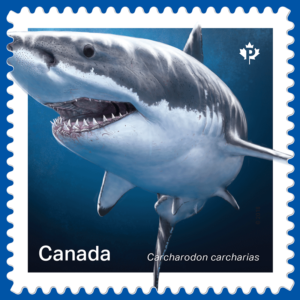 ANCOUVER, July 12, 2018 /CNW/ – Experts note that between 400 and 500 shark species inhabit the world’s oceans and waterways. These fish can be less than a foot long or larger than a bus. From fierce hunters that breach waves and ambush prey, to gentle giants known to nudge kayaks and bask with scuba divers, sharks are compelling and often misunderstood.
ANCOUVER, July 12, 2018 /CNW/ – Experts note that between 400 and 500 shark species inhabit the world’s oceans and waterways. These fish can be less than a foot long or larger than a bus. From fierce hunters that breach waves and ambush prey, to gentle giants known to nudge kayaks and bask with scuba divers, sharks are compelling and often misunderstood.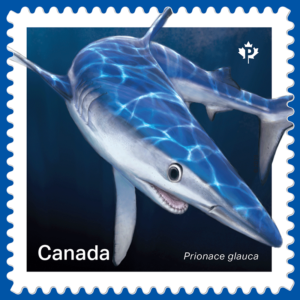 The
The 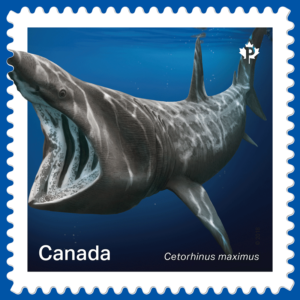 in Canada (COSEWIC).
in Canada (COSEWIC).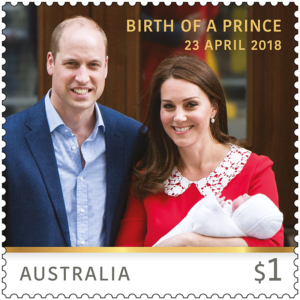 Australia Post is celebrating the birth of His Royal Highness Prince Louis of Cambridge with the release of a new commemorative stamp.
Australia Post is celebrating the birth of His Royal Highness Prince Louis of Cambridge with the release of a new commemorative stamp.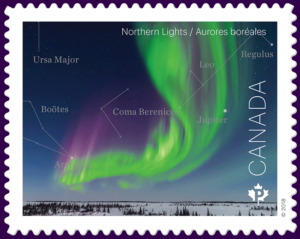 CALGARY, June 29, 2018 /CNW/ – Celestial events like meteor showers, solar and lunar eclipses, comets and asteroids make headlines because they inspire a sense of wonder. Canada Post’s latest stamps are sure to do the same. They showcase the majestic splendour of two spectacular phenomena: the Milky Way and the Northern Lights.
CALGARY, June 29, 2018 /CNW/ – Celestial events like meteor showers, solar and lunar eclipses, comets and asteroids make headlines because they inspire a sense of wonder. Canada Post’s latest stamps are sure to do the same. They showcase the majestic splendour of two spectacular phenomena: the Milky Way and the Northern Lights.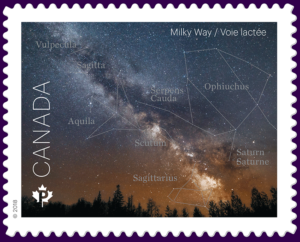 The Milky Way, a spiral galaxy containing our solar system and hundreds of billions of stars, manifests as an ethereal band of light in Quinn’s ghostly image. The brilliant colour of the Northern Lights is green in Dyer’s photo but can also appear in undulating reds, blues, yellows, pinks and purples. The phenomenon occurs when charged particles released by the Sun interact with the Earth’s magnetic field and upper atmosphere.
The Milky Way, a spiral galaxy containing our solar system and hundreds of billions of stars, manifests as an ethereal band of light in Quinn’s ghostly image. The brilliant colour of the Northern Lights is green in Dyer’s photo but can also appear in undulating reds, blues, yellows, pinks and purples. The phenomenon occurs when charged particles released by the Sun interact with the Earth’s magnetic field and upper atmosphere.


